Parallels Desktop
Parallels Desktop is the ideal alternative for personal and small-business customers who want to run Windows on an Intel Mac. It’s also the only way to run Windows on Apple Silicon devices right now. Parallels is quick, tightly integrated between host and guest machines, and regularly updated to work with the latest Windows and macOS systems. Editors’ Choice for virtualization software.
It is less reliable and enterprise-friendly than Parallels, but it is faster and officially supports Apple Silicon hardware. VirtualBox is too unreliable to run on an M1 Mac. The experimental UTM app is flaky and lacks Parallel Desktop’s built-in features.
Parallels Desktop has Standard and Pro editions. The Standard edition for residential users costs $99.99 one-time or $79.99 annually. The Standard edition is $39.99/year for students. The subscription version includes all software updates during the payment period, but permanent license holders are not eligible for free software updates. The Pro edition is $99.99 per year with a 14-day free trial.
Because Parallels is so tightly interwoven with macOS, I strongly advocate the subscription model. But if you currently own a one-time Standard license, you can upgrade to a Pro subscription for $49.99/year instead of paying the full Pro subscription cost. Of course, you should start with a Standard or Pro subscription. For $49.99, you can get the current single-license version of Parallels Desktop Standard.
The Standard version provides 8GB RAM and four virtual CPUs, while the Pro version supports 128GB RAM and 32 CPUs. For visual or math-intensive Windows software, the Pro version is required. While the Pro version supports RAM and CPUs, the Business edition enables centralized management and a single volume license for several computers.
VMware Fusion is more expensive. The regular Player edition is $149 and the Pro edition is $199. Upgrades to the newest Player edition cost $79, while upgrades to the latest Pro edition cost $99. A free version of VMware lets you run existing emulation systems but not create new ones.
You can use the free VirtualBox or UTM solutions, but I think it’s preferable to pay for VMware or Parallels than to struggle with the free tools. For more free options, see our post on running Windows software on a Mac.
Description
Parallels Desktop App Store Edition is a fast, simple, and powerful application. That allows you to run Windows on both a Mac with the Apple M1 chip and a Mac with an Intel processor. All without having to restart your computer. Parallels Desktop® App Store Edition is available for purchase from the Parallels website.
NOTE: It is not advised that existing Parallels Desktop for Mac customers upgrade. To the Parallels Desktop App Store Edition of the application.
In only a few minutes, the Parallels Desktop Installation Assistant will assist you in getting up and running. Many Windows applications, such as games and CAD tools. That can be run on your Mac thanks to its powerful performance.
For Macintosh computers with Intel processors. Since version 16.5 for Apple silicon-based Macintosh machines, Parallels Desktop for Mac is a software package t. That provides hardware virtualization. Parallels, which has been a subsidiary of Corel since 2018, is responsible for its development.
This software package, which was released on June 15, 2006, was the first software product. To offer mainstream virtualization to Macintosh computers that were based on the Apple–Intel architecture. (Earlier software products ran PC software in an emulated environment).
In the beginning, it was known as ‘Parallels Workstation for Mac OS X,’. Which was in keeping with the company’s corresponding Linux and Windows offerings at the time. It was not well welcomed by the Mac community, which felt that the name, particularly the term “workstation.” Recalled the aesthetics of a Windows-based computer. It was decided by Parallels that, “Since we’ve got a terrific Mac product. We should make it appear and sound like a Mac product…”, And thus the product rebranded to “Parallels Desktop for Mac.”
More About Parallels Desktop
Parallels Desktop for Mac is a virtualization software. That emulates hardware resources on the host computer. It does this by mapping the host computer’s hardware resources directly to the virtual machine’s resources. Which known as hypervisor technology. As a result, each virtual machine behaves exactly like a standalone computer. And has access to practically all of the resources available on a physical computer.
In addition, because all guest virtual machines use the same hardware drivers. For example, a virtual machine that is now executing can halted. Copied to another physical computer, and then restarted.
Version 2.5 added support for USB 2.0 devices. Which increased the number of USB devices that could used at native speed. This included support for built-in iSight USB webcams, which were previously unavailable. The amount of visual RAM allocated to the guest operating system has made customizable. And can now be as high as 32MB. Fully functional CD/DVD drives introduced in this version. Allowing users to burn CDs directly in the virtual environment and play any copy-protected CD or DVD. As if they were running Mac OS X on a physical machine.


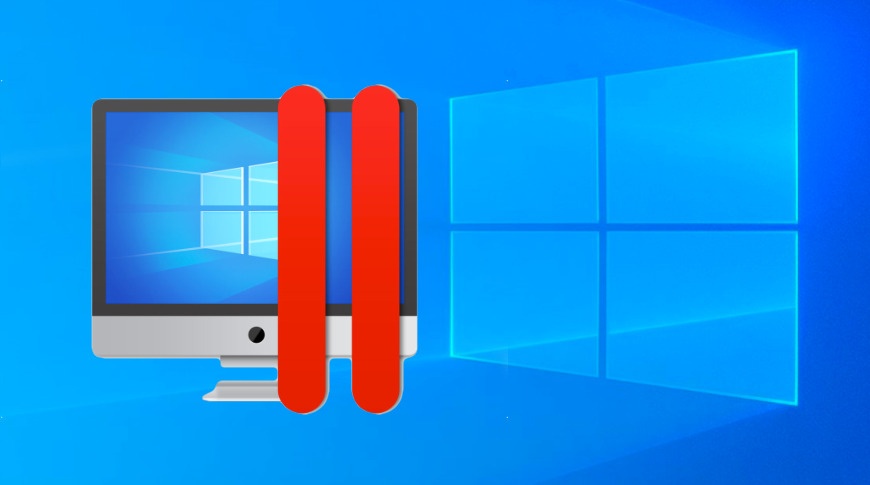
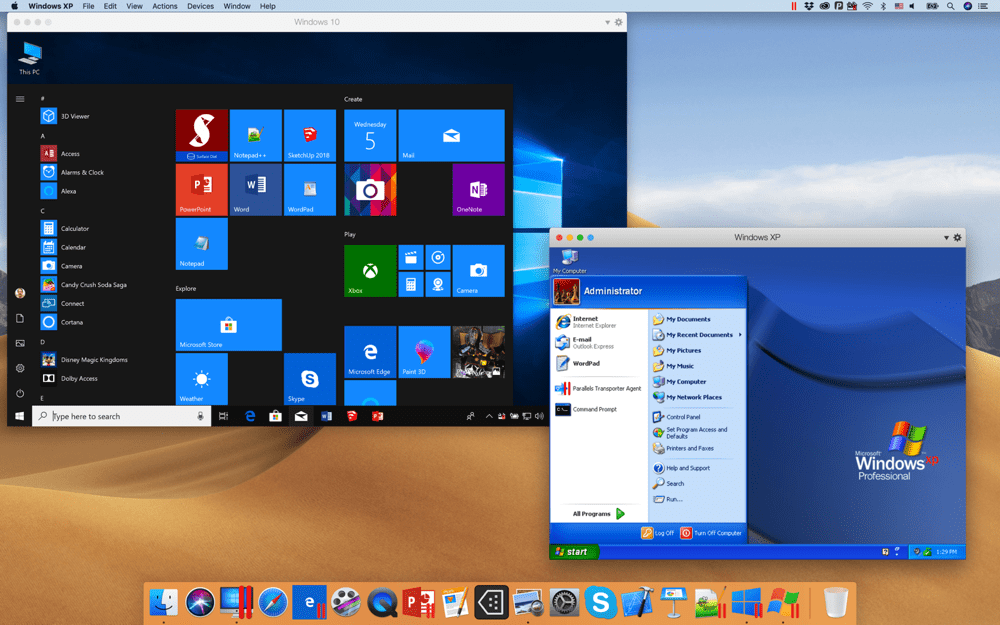

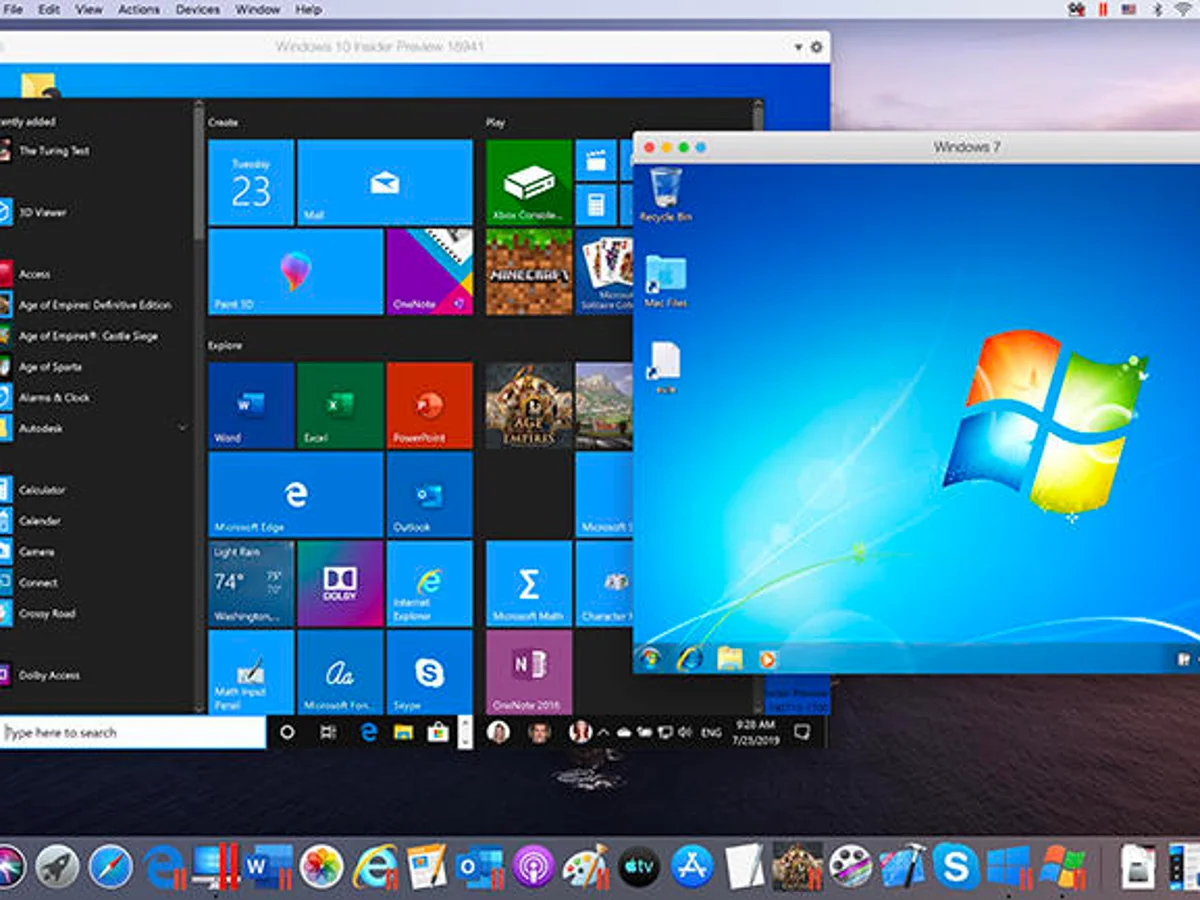
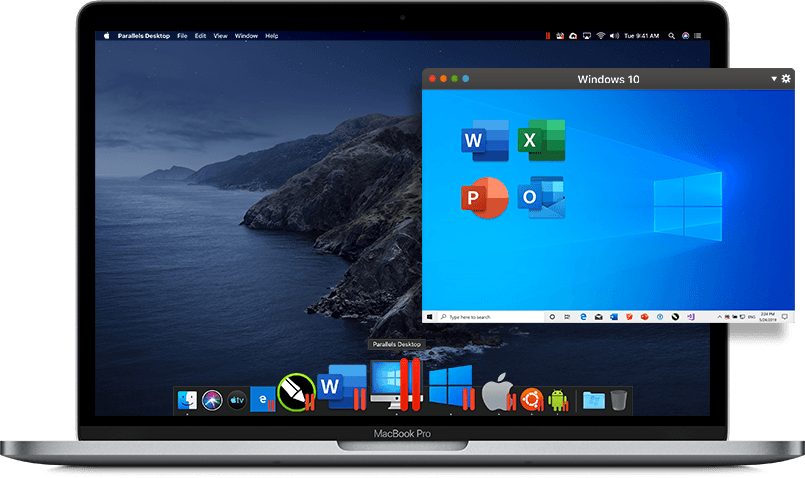
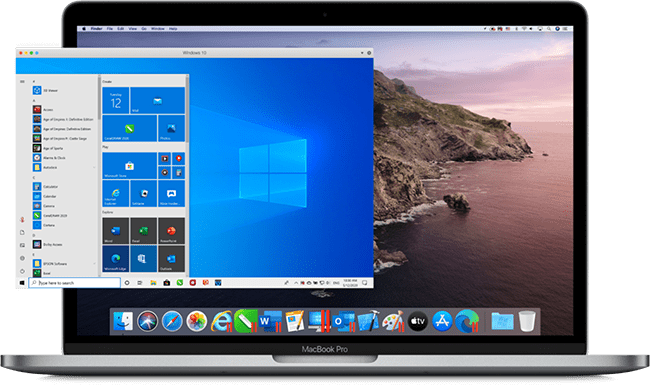





Reviews
There are no reviews yet.